There are a lot of misconceptions about dog prey drive and how to “fix” it. In this 4 part blog series I’m going to cover:
- What is dog prey drive?
- How does dog breed affect their prey drive?
- Why I train dog prey drive force free
- Dog prey drive training: how to stop animal chasing
I also created a comprehensive Youtube video that explains EVERYTHING you need to know about dog prey drive. It also includes a step-by-step training plan to teach your dog to stop chasing animals. You can watch that here:
How does a dog’s breed affect their prey drive?
All dogs have some level of prey drive, but some dogs certainly have an elevated drive. Humans have purposely bred specific parts of the predatory sequence into dog breeds for purposes that benefit us.
Let’s look at a couple examples:
Sighthounds:
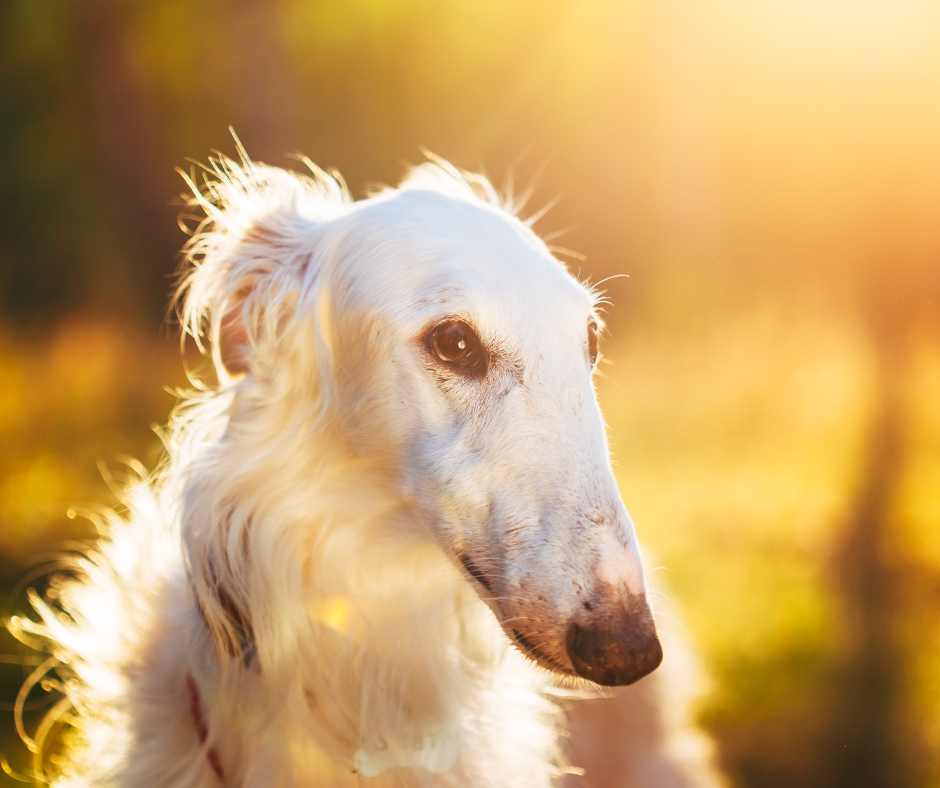
Sighthounds are bred to primarily hunt by sight & speed. They’ll often have the orientation, chase, grab-bite, and even kill-bite steps of the predatory sequence elevated.
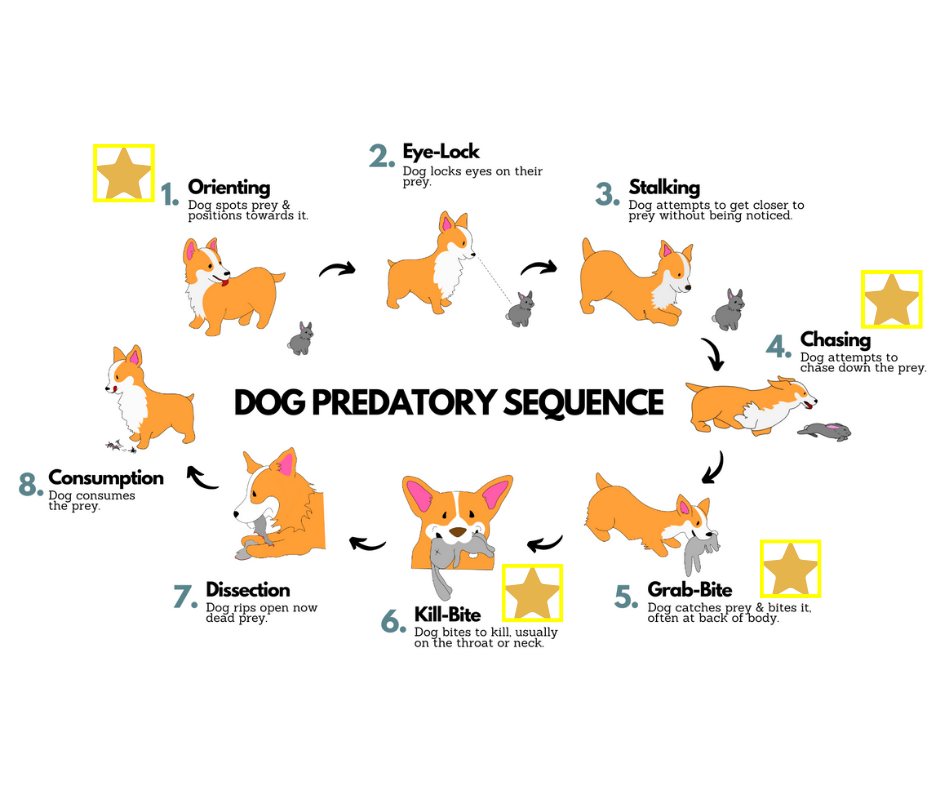
Why? We’ve purposely bred that into them for their traditional roles of hunting fast, agile prey such as rabbits! However, this can make them a more challenging breed in domesticated settings such as with a household cat.

Herding Breeds:
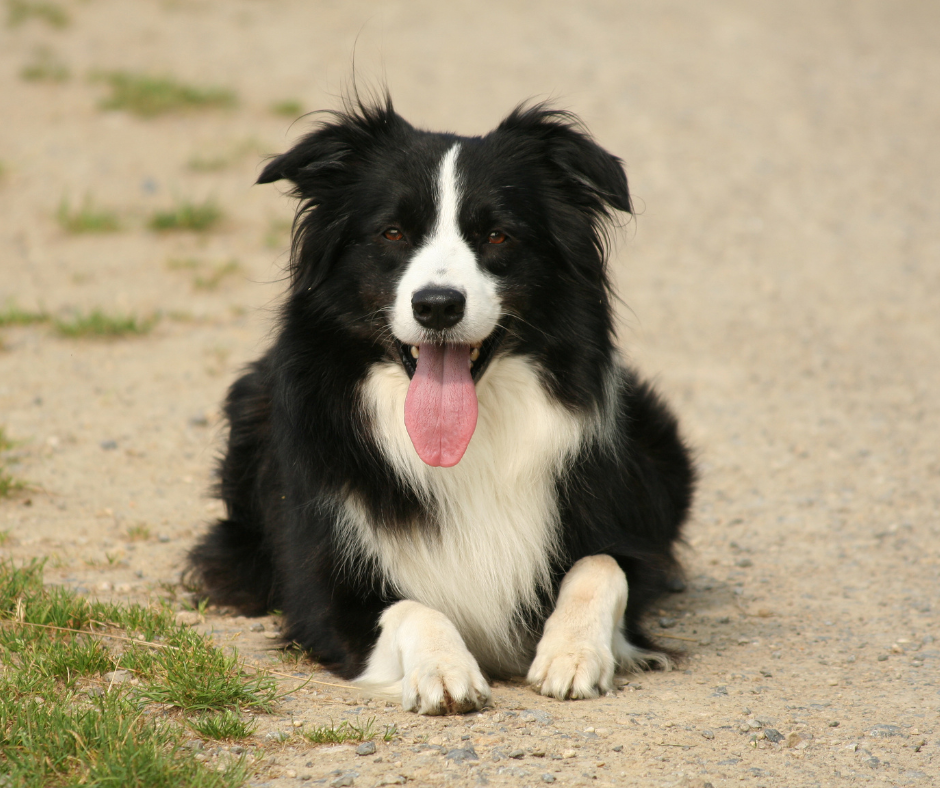
In contrast, herding breeds such as border collies are meant to stalk, chase, and even nip when required because their traditional job is herding farm animals such as sheep or cows.

For obvious reasons, it would be a problem if every border collie wanted to kill the sheep it was tasked with herding!
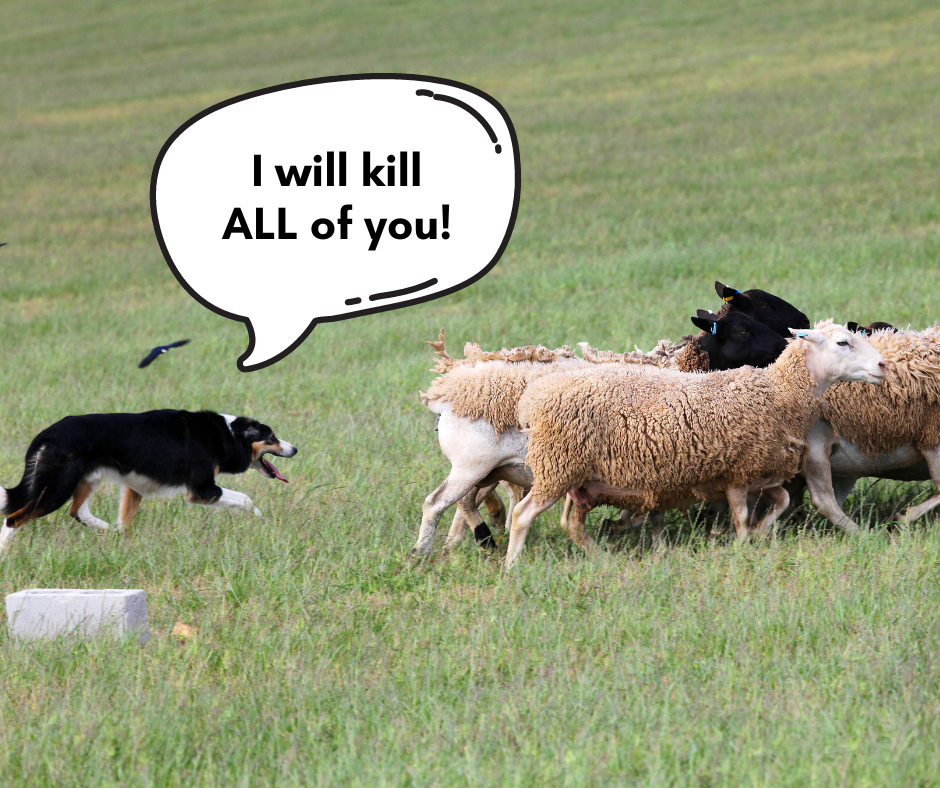
Does a dog’s breed always determine their prey drive?
Analyzing your dog’s breed is a fantastic way to start understanding their prey drive instincts, but breed doesn’t account for everything!
My dog Neirah is a corgi-cattle dog mix, so she is two herding breeds combined.

However, Neirah doesn’t fit her “breed standards” when it comes to prey drive. Prior to training her, she didn’t stalk at all when she spotted an animal. Instead, it was like a light switch went on. As soon as she spotted an animal she would immediately chase it (with the intention of catching and killing it).
As a dog trainer I’ve worked with a large variety of dogs that have notorious prey drive such as hounds and terriers, but Neirah’s desire to complete the predatory sequence was unlike anything else I’ve seen.
However, I still managed to train her not to chase animals without a single correction. How?
In the next two blog posts in this series, we’ll discuss how to train animal chasing & why I don’t use corrections to do so.
I also created a low-cost guide that explains everything you need to know to understand & train your dogs prey drive. If interested, click here!
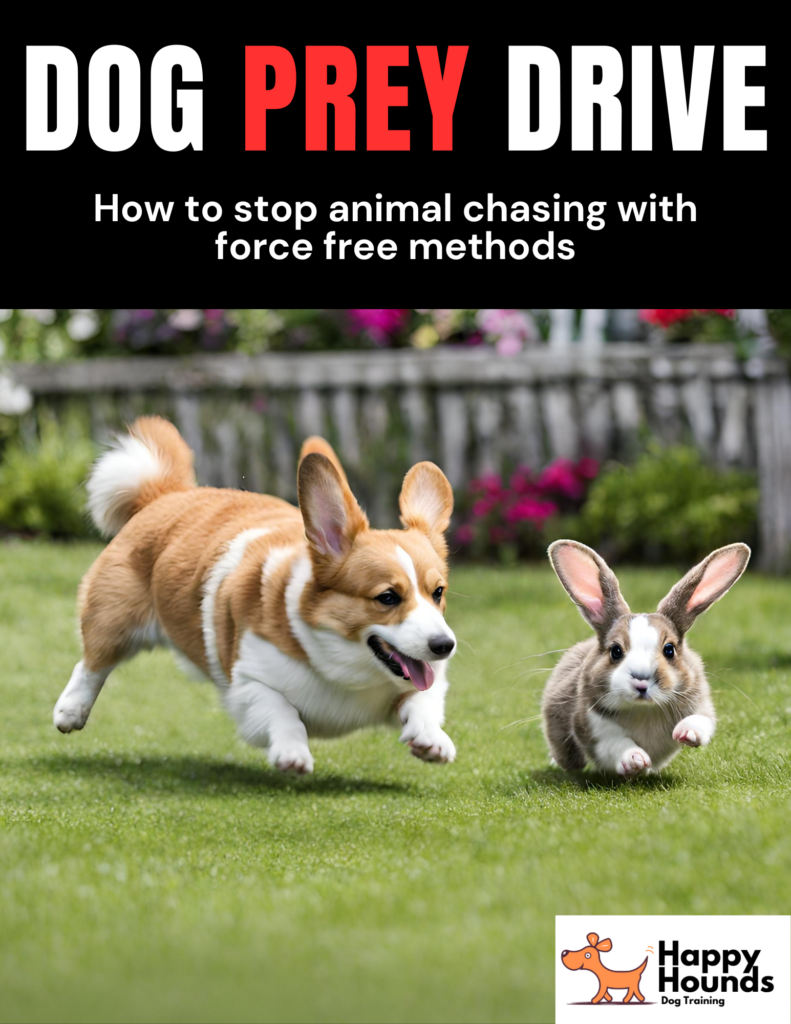
Disclosure: Happy Hounds uses affiliate links. Purchasing with these links will not cost you any extra, but I get commissions for purchases made through these links. Affiliate links help me to continue to offer free resources & blog posts. I would love if you used them!
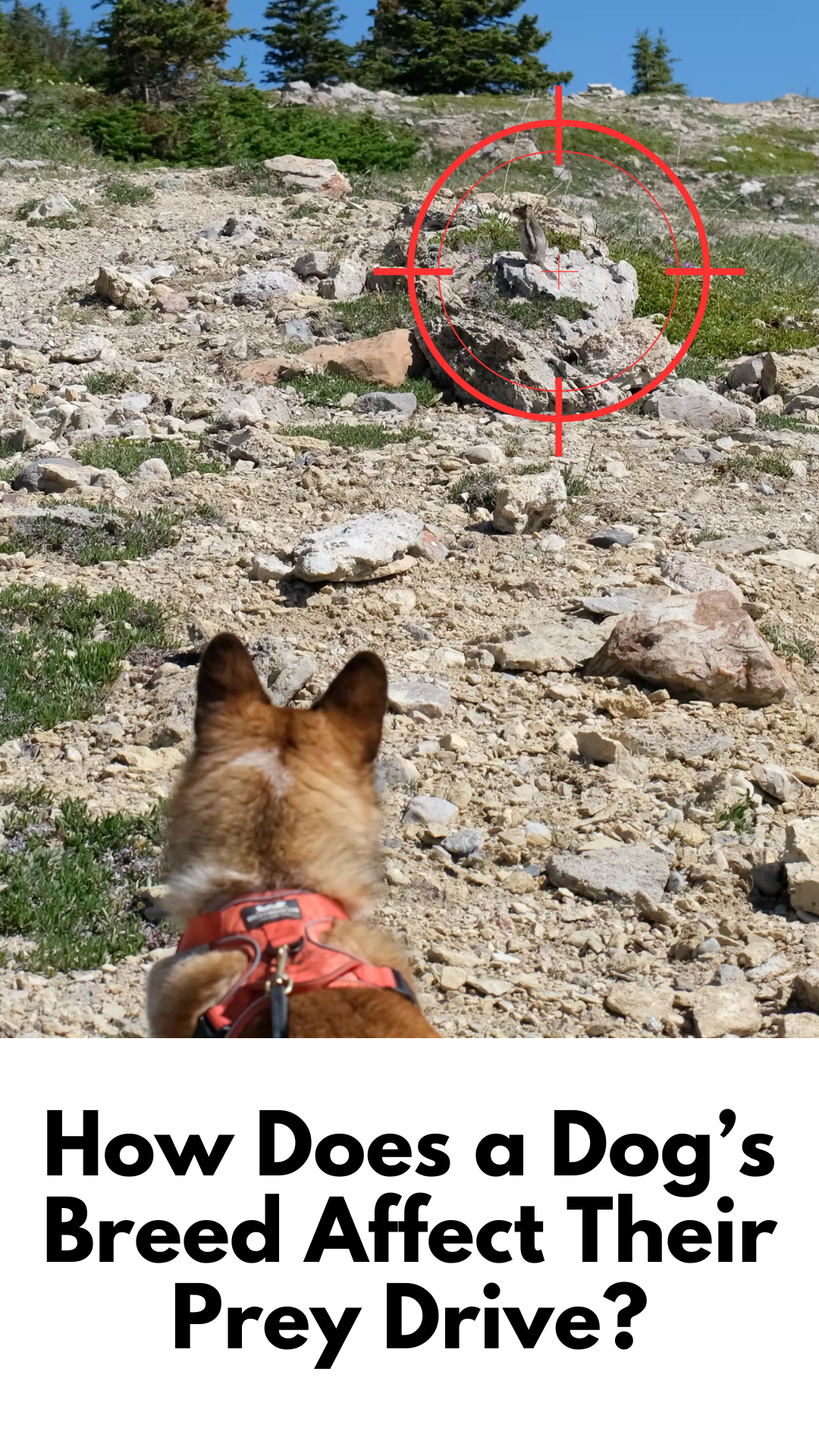
+ show Comments
- Hide Comments
add a comment